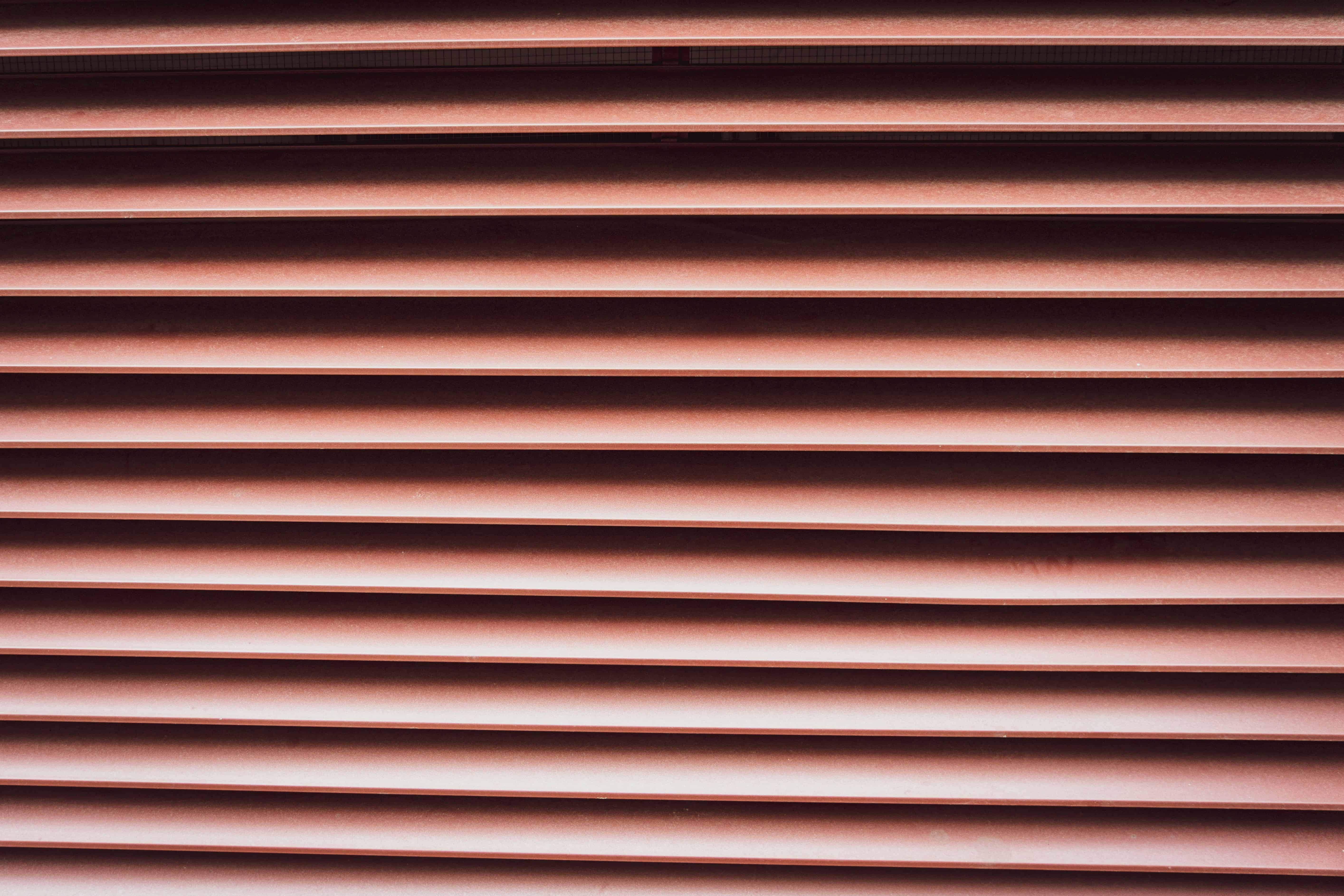
Privacy Solutions: Louvered Door Options for Healthcare Facilities
Privacy Solutions: Louvered Door Options for Healthcare Facilities
In an environment where privacy is both a legal and ethical necessity, healthcare facilities are constantly innovating to provide solutions that balance patient intimacy with the practicalities of healthcare. Louvered doors have emerged as a design feature that seamlessly combines privacy with patient well-being and institutional efficiency. For healthcare professionals, interior design enthusiasts, and facility managers, this comprehensive study delves into the advantages, types, considerations, and suggestive examples of louvered doors in healthcare settings.
Privacy in Healthcare: An Unyielding Necessity
Medical care is, by its nature, a deeply personal affair, intricately entwined with privacy considerations. Maintaining dignity and personal space is crucial to the patient’s emotional well-being. Yet, in communal healthcare settings, privacy can be a challenge. Louvered doors, with their ability to permit both the passage of air and sound while shielding visibility, present a compelling answer to this perennial concern. Understanding the pivotal role of privacy in healthcare is the beginning of a conversation in which louvered doors now play a significant part in.
The Benefits of Louvered Doors in Healthcare Settings

Louvered doors have a host of benefits that make them a particularly apt choice for healthcare facilities. Here, we explore several ways these innovative partitions enhance the healthcare environment:
Improved Airflow and Ventilation
In healthcare, the quality of air is as crucial to a patient's recovery as any medication. Louvered doors allow for the free passage of air, improving circulation and, consequently, the overall air quality within rooms and across wards.
Enhanced Visual Privacy
A key feature of louvered doors is their ability to provide visual privacy without entirely sealing off a space. This feature allows medical staff to monitor patients while respecting their privacy, as well as facilitates natural light, which is known to contribute to the healing process.
Noise Reduction
Noise is a significant stressor in the healthcare environment. By design, louvered doors absorb and deflect sound, contributing to a quieter, calmer, and more therapeutic setting for patients and healthcare providers.
Exploring Types of Louvered Doors Suitable for Healthcare Facilities
The design and operation of louvered doors can vary depending on the specific needs and constraints of a healthcare facility. Here are some popular types and their applicability:
Sliding Louvered Doors
Sliding louvered doors are an excellent space-saving choice, especially in tight corridors or where wheelchair accessibility is required. Their simple yet effective design allows for easy operation and the flexibility to enable room reconfiguration.
Bi-fold Louvered Doors
Bi-fold louvered doors are advantageous for larger openings, where their folding mechanism provides a wide range of passage options. They offer the same benefits as other louvered door types but with the added adaptability to suit varying door widths.
Swinging Louvered Doors
Swinging louvered doors, or traditional hinged doors, are versatile and commonly used in single-room settings. Their swing operation can be more familiar and therefore preferable in certain healthcare scenarios, particularly where patients are involved.
Special Considerations for Louvered Doors in Healthcare
Installing louvered doors in a healthcare setting comes with specific requirements and constraints:
Infection Control Solutions
Louvered doors must comply with stringent infection control measures. Materials should be durable, easy to clean, and ideally anti-microbial to prevent the spread of pathogens.
Fire Safety Regulations
Healthcare facilities are subject to strict fire safety codes, and louvered doors must be no exception. It is important that any louvered door installation adheres to these codes without compromising on the door's functional and privacy features.
Maintenance and Cleaning
The frequent and thorough cleaning necessitated by healthcare settings calls for louvered door systems that are easy to maintain. Regular upkeep extends the lifespan of the doors and ensures they continue to function optimally without the risk of becoming vectors for contamination.
Case Studies and Examples of Louvered Doors in Action
Real-life examples serve to illustrate the versatility and effectiveness of louvered doors in medical facilities:
Pediatric Wards
In pediatrics, louvered doors are used to create temporary private spaces during examinations while maintaining comforting connectivity between children and their caregivers.
Recovery Rooms
In recovery rooms, louvered doors assist in providing patients with tranquil surroundings essential for their post-operative care, while still allowing medical staff to oversee their patients.
Shared Spaces
In common areas, louvered doors enable the flexibility to open up or divide spaces as per the current need, supporting a dynamic healthcare environment responsive to patient flow and various medical activities.
Conclusion: The Indispensability of Louvered Doors in Healthcare
As seen through a comprehensive lens, louvered doors offer an impressive repertoire of solutions that cater to the unique demands of healthcare settings. They afford privacy without isolation, control over the enclosure without obstructing the passage, and a connected sanitary environment that is vital for patient well-being. Their place in the decor and functionality of modern healthcare facilities is not one of mere convenience but of essential design innovation.
For healthcare professionals and interior design enthusiasts alike, the integration of louvered doors into healthcare facilities highlights an industry's ongoing commitment to patient-centered care and administrative efficiency. This move towards privacy solutions that honor patient dignity while supporting the efficacy of the medical team is a testament to healthcare facilities' constant evolution and adaptation. Louvered doors, therefore, can be seen not just as passive components of door systems, but as dynamic participants in the healthcare mission, promoting an environment that is both caring and practical.
